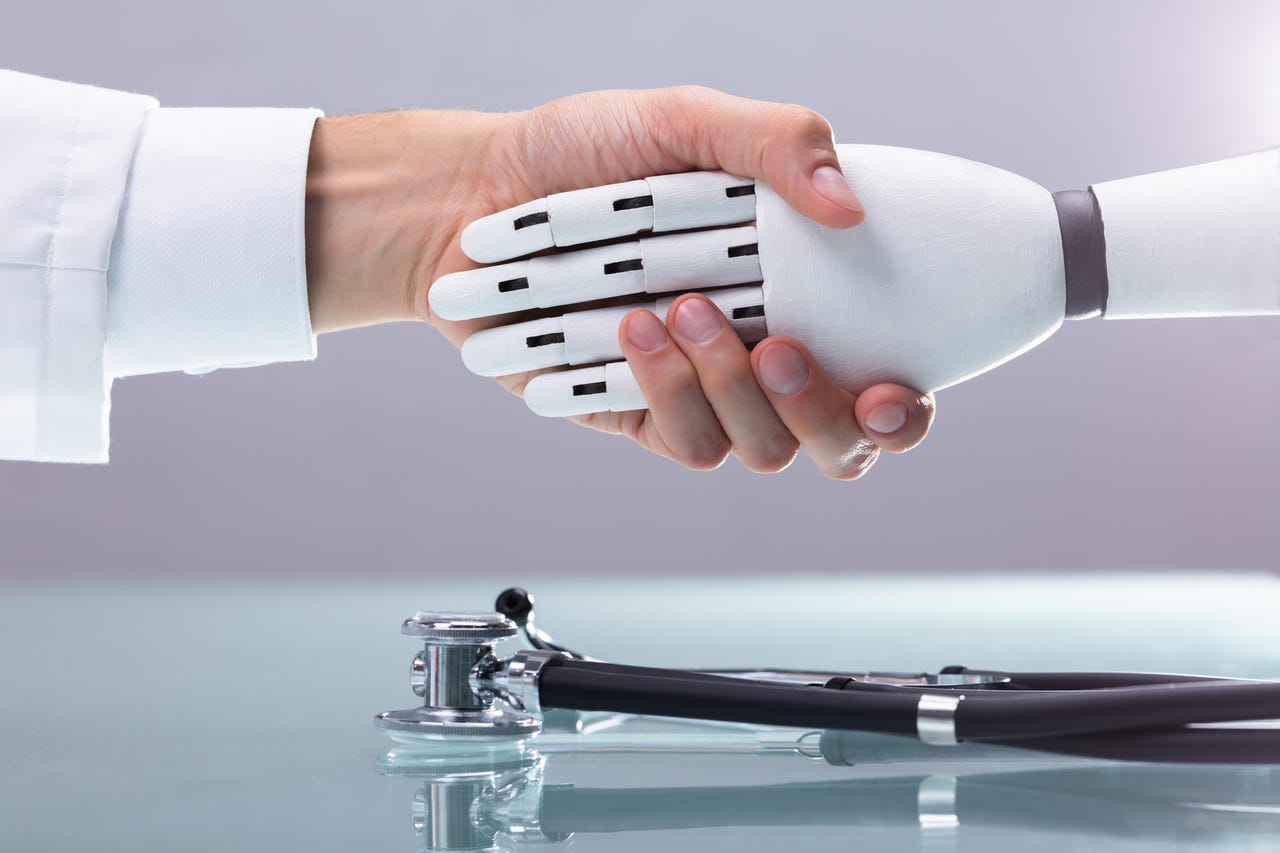[ad_1]

There’s a big fear in many members of the workforce of the potential for artificial intelligence tools to take over their jobs, rendering their positions futile. However, there’s one place where AI has been successfully innovating for years and, as a result, saving lives: The medical field.
Beyond reading minds, AI has been used to interpret medical imaging to find potentially cancerous tumors that could be easily missed by the human eye, for example. And now, OpenAI co-founder and President Greg Brockman, tweeted about a new way generative AI tools can be implemented at doctor’s offices across the world.
Also: Want a compassionate response from a doctor? You may want to ask ChatGPT instead
Carbon Health, a healthcare provider with offices in 12 states across the U.S., announced it is implementing AI-powered charting for its patient visits. The company announced it’s using GPT-4 built into its electronic health records system (EHR) to automatically generate visit summaries that providers can then review and edit for “hands-free charting.”
The healthcare company found that its AI-generated charts are 2.5x more detailed than manual entry, giving medical providers a more complete overview of the patient.
Also: AI bots have been acing medical school exams, but should they become your doctor?
Manual charting is tedious for clinicians and can be one of the contributing factors of burnout among physicians. But documentation is a key part of medicine, so the practice cannot be eliminated. It can, however, be automated.
Brockman shared the innovation in a tweet, saying “GPT-4 in Carbon Health — cuts the time to create a medical record to four mins (sic), saving doctors 10 minutes.”
Since implementing GPT-4 to create charts, Carbon Health has found its providers spend about 75% less time creating a chart compared to manual charting. As Brockman mentioned, this saves each clinician over ten minutes on average per visit.
Also: Can AI step up to offer help where humans cannot?
The GPT-4-based charting system will work as follows:
- Clinicians will gain consent from the patient to record the audio during their visit for charting and documentation purposes.
- The provider will press ‘Record’ within the EHR system.
- Once the recording is complete, the audio is transcribed through AWS Transcribe Medical and combined with data from the EHR, including the patient’s medical history, medications, lab results, diagnosis, and manually-entered notes.
- The transcript and combined data use OpenAI’s GPT-4 hosted on Microsoft Azure to automatically generate a visit summary.
- The provider can then review, edit, and approve the summary within the EHR.
Also: Is ChatGPT an effective therapy alternative? 80% of this study’s participants thought so
The process is already available for the 600 providers across the Carbon Health network and can greatly reduce the time doctors spend charting and writing notes, as well as provide a more organic, screen-free interaction with patients.
[ad_2]
Source link

